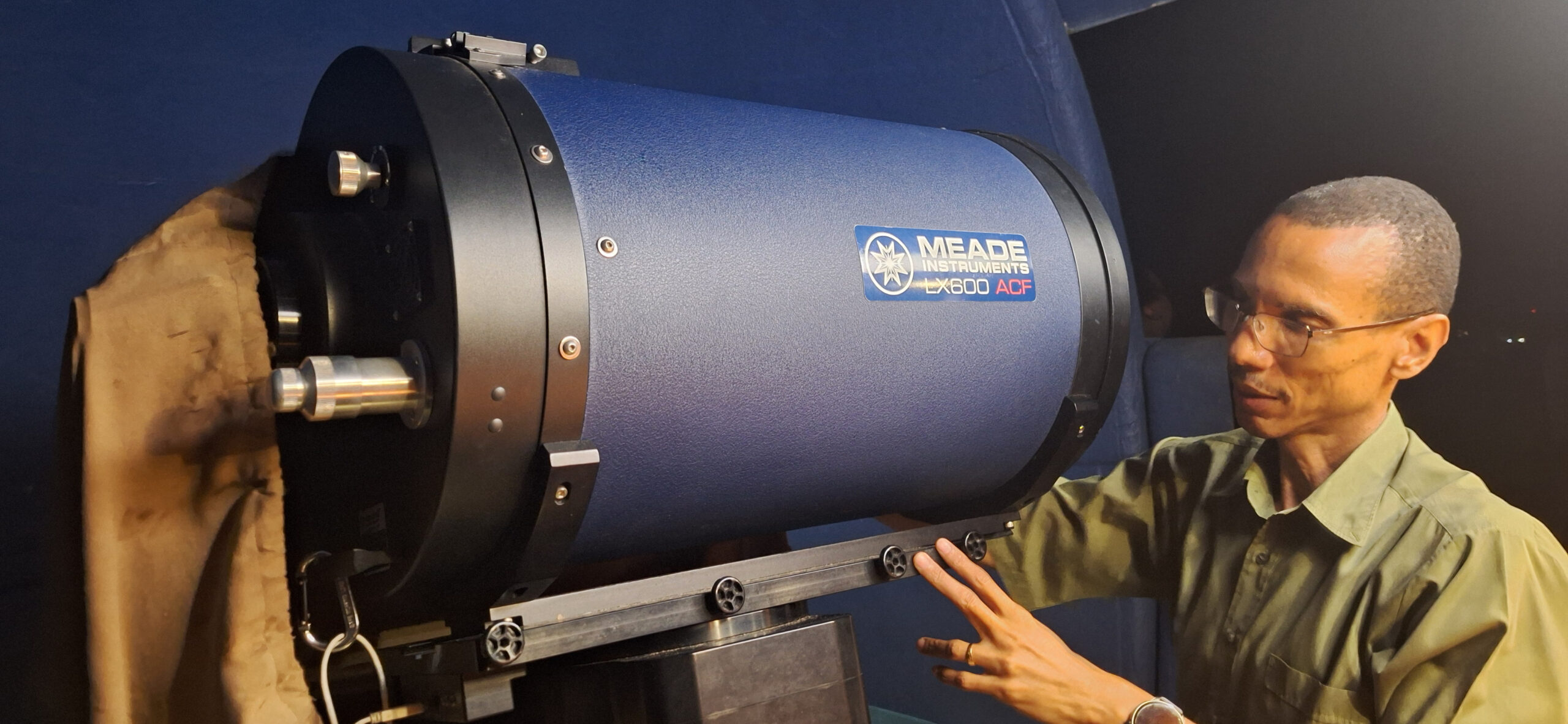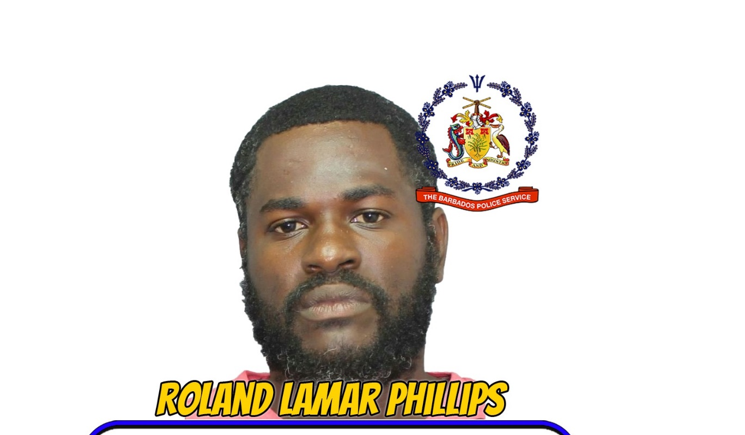

Throughout this month, in the first hours after dark, sky gazers will be able to spot the celestial bodies of Venus, Saturn, Jupiter and Mars in the night sky.
With the naked eye, these planets will appear in the form of bright dots, with Venus and Saturn in the south-west, Jupiter high overhead and Mars in the east.
During this time of planetary alignment, The Harry Bailey Observatory in Clapham Ridge, St Michael, will be open to the public each Friday from 7 p.m., allowing interested parties to view the planets up close with the aid of their super telescope.
Speaking with the Weekend Nation, president of the Barbados Astronomical Society, David Marshall, said that early guests will be able to catch a view of the planet Venus at about 6:30 p.m.,when the planet is most prominent.
“Any given Friday when you come, you’ll have a couple of telescopes set up outside pointing towards Venus until the presentation starts at 7 p.m. We will have a whole series of nights where we will be looking at this planet parade, because with all four planets visible, there’s lots to be said, lots to show for. It should be quite an exciting time,” he said.
The presentation, titled They’re Gathering Too, will explain the cause of alignments and other events tied to the planets visible in the night sky.
“Gatherings in space are all related to how gravity attracts bodies and pulls bodies together. Our solar system as a whole is a gathering because the sun’s gravity keeps in place all the planets
in orbit, comets orbiting, asteroids, dwarf planets and other smaller icy bodies in the Kuiper Belt (a doughnut-shaped region of icy objects beyond the orbit of Neptune) and beyond,” Marshall said.
“Extending a little further, you get the star clusters, because then there are mini stellar systems that form within nebula. Our own galaxy is part of a local group of galaxies, all gravitationallybound and that’s part of a larger super cluster. So that is the presentation and synopsis, there’s a whole lot of other interesting detail to go along with it,” he added.
The planetary parade coverage will hit full swing on January 17 where the planet Mars will be closest to Earth in it’s orbit. In astronomical terms, this is referred to as the planet being in opposition, an event that Mars shares with Earth every two years.
“Mars comes to opposition every two years. And it’s often out of sync with the visibility of the other great planets but this year, it comes together quite nicely,” Marshall said. ( JRN)





